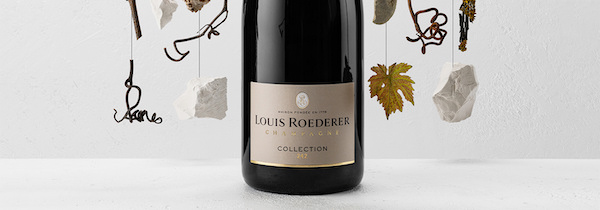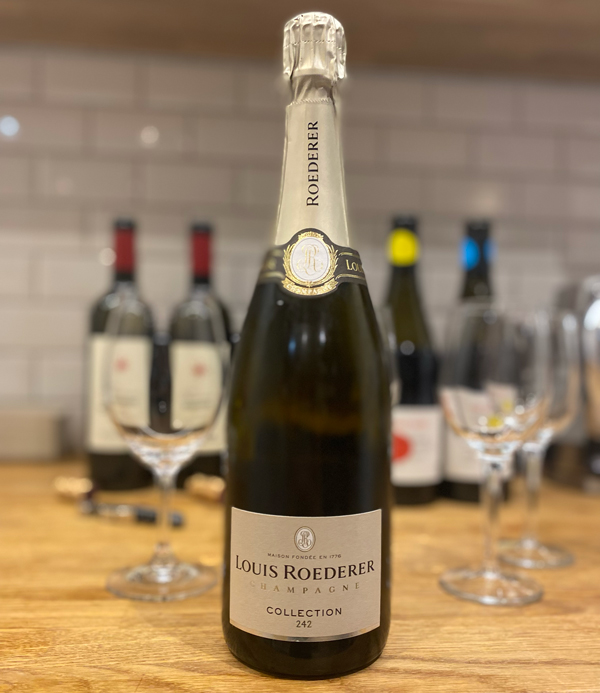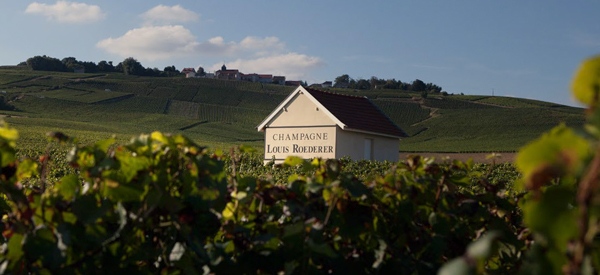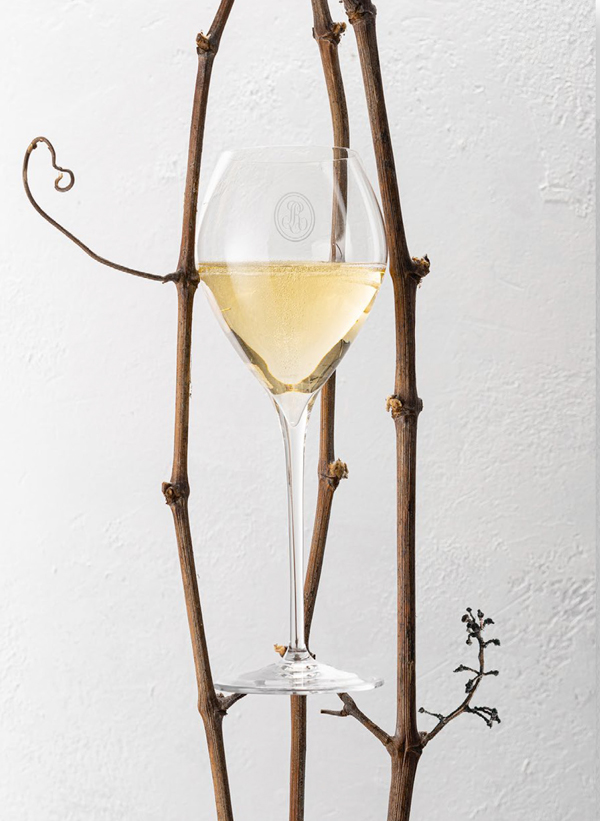 Louis Roederer Collection 242 – a new multi-vintage blend based on a perpetual reserve and 44% of reserve wines.
Louis Roederer Collection 242 – a new multi-vintage blend based on a perpetual reserve and 44% of reserve wines.
This shift away from a NV blend may come as a bit of a shock to those that have been avid followers of the Brut Premier.

Tasting the 242 Collection at our Fulham Office
Personally, I was a little sad to see it on its way out. So much so, I grabbed a bottle from our warehouse and took it on holiday with me. As ever, it was a joy to drink. Perhaps, even more enjoyable as I knew I probably wouldn’t get to have another bottle.
However, ‘sadness’ turned into excitement as an e-mail popped into my inbox soon after to say that we would be tasting the new Collection 242 at our Fulham office. Tasting Champagne with people in an office…seems odd to say given what’s been happening for the past 18 months.
What makes it so special?
As mentioned above, it may seem unusual for a Champagne house to ditch a NV blend. Non-vintage blends have been, and probably always will be, the lifeblood of the Champagne region. They make up a huge proportion of annual sales for the region (over 70% in 2020). Since Brut Premier’s inception in 1986, there have been major shifts in farming across the region (Biodynamics have been deployed at Roederer) and, of course, we can’t forget climate change. The latter being one of the key factors in the decision to pursue this new multi-vintage blend. With regards to the Brut Premier, Jean-Baptiste Lécaillon has been quoted in Falstaff as saying:
‘We harvested high acid grapes in mid-October and Brut Premier was the idea to create a blending philosophy that would bring ripeness to unripe matter”. “We corrected it with mature reserve wines that would bring ripeness to these young, green wines and it worked very well. The dosage was at around 12g/l and the wine used for the dosage was mature, too. The creation of Brut Premier was the fight for ripeness: we had to create in the cellar whatever the grapes lacked.’
Falstaff, Champagne Louis Roederer Revolutionises Its Multi-Vintage Offer, Anne Krebiehl MW, 20/07/2021

As average temperatures increase year on year, this blending philosophy is perhaps not as relevant as it used to be. Certainly, that’s what Lécaillon believed and in 2012, he created a perpetual reserve (like that of a Solera system, which will be topped up with juice from the most recent vintages) of half Pinot Noir, half Chardonnay made up of juice from the following vintages, 2013, 2014, 2015 & 2016.
In 2017, following that year’s harvest, the Collection 242 was created (242 being the number of harvests since the house was established in 1776). The blend consists of 12% Reserve wines aged in oak (2009, 2011, 2013, 2014, 2015, 2016), 34% Perpetual Reserve (2012, 2013, 2014, 2015, 2016) and the remaining 56% made up of juice from the 2017 vintage. Dosage is 8g/l (1g/l less than the Brut Reserve). Time on lees: 36 months and a further 6 months on bottle post-disgorgement.
 The question is, how does it taste?
The question is, how does it taste?
It is certainly different to the Brut Premier. It’s edgier, racier. Very youthful and elegant. There’s great texture to the fruit (there’s been a real focus on getting lots of dry extract into the wine), a refreshing vein of acidity. It’s a lovely wine that I feel would benefit from a few more years in the cellar. In theory it should be treated like a vintage Champagne. It has the makings of something quite special, but the component parts need a moment to harmonise and develop complexity.
This is certainly a wine to watch.
As each new numbered collection is released, the theory is that it will be more complex as the perpetual reserve has had time to develop and has been topped up with new vintages. Exciting times at Louis Roederer and I, for one, am looking forward to seeing how the Collections compare.![]()